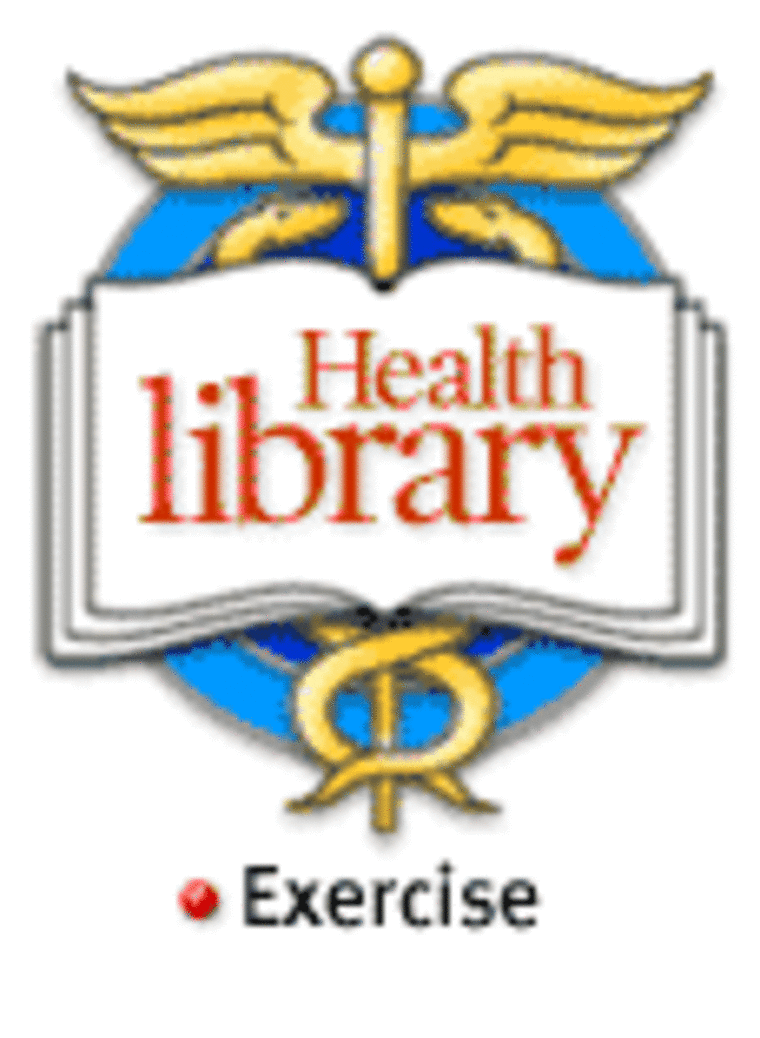How do you get a flat tummy? You’ll need more than the standard crunch says our expert, exercise physiologist Richard Weil, who answers this reader’s question.
The opinions expressed herein are the guest’s alone and have not been reviewed by a WebMD physician. If you have a question about your health, you should consult your personal physician. This event is meant for informational purposes only.
Question: What are the muscles that sag in the lower part of a woman’s abdomen, and can exercise fix them? If so, what kind of exercise is best?
Answer: The abdominal muscles are basically all connected, so your lower abs are part of the same muscle group as the upper.

Exercise will tighten the muscles, but if there is excess fat, it won’t spot reduce it. Below is an article on abdominal exercises. Your results will depend on your age, muscle type, how hard you work, and genetics.
A study at San Diego State University measured the electrical activity of the abdominal muscles during different abdominal exercises to determine which exercises generated the most muscle activity. The researchers used electromyography (EMG), a sophisticated machine that measures muscle activity. They measured the rectus abdominis (the front of your abs, from the upper to the lower abs), as well as the obliques (the sides). As for differentiating the upper and lowers, it was found that the subjects could not trigger a contraction in one particular part of the abs, but rather that the upper and lower abdominals act as a sheath.

Here are the results and descriptions of the top five. The Captain’s Chair is done on a knee-raise stand (the type where you can rest your elbows), and the Hover exercise was not described. Please note that EMG values are listed as a percentage of the activity generated by a traditional crunch. For instance, a Long Arm Crunch yields 19 percent more activity for the rectus abdominis than the crunch; and a Vertical Leg Crunch yields 116 percent more activity for the obliques than the crunch.
ACTIVITY IN RECTUS ABDOMINIS
Rank — Exercise — Mean % of activity
1. Bicycle maneuver 248
2. Captain’s chair 212
3. Exercise ball 139
4. Vertical leg crunch 129
5 Torso track (machine) 127
6. Long arm crunch 119
7. Reverse crunch 109
8. Crunch with heel push 107
9. Ab roller (machine) 105
10. Hover 100
11. Traditional crunch 100
12. Exercise tubing pull 92
ACTIVITY IN OBLIQUES
Rank — Exercise — Mean % of activity
1. Captain’s chair 310
2. Bicycle maneuver 290
3. Reverse crunch 240
4. Hover 230
5. Vertical leg crunch 216
6. Exercise ball 147
7. Torso track (machine) 145
8. Crunch with heel push 126
9. Long arm crunch 118
10. Ab roller (machine) 101
11. Traditional crunch 100
12. Exercise tubing pull 77
1. Bicycle Maneuver: Lie flat on the floor with your lower back pressed to the ground. Put your hands beside your head. Bring knees up to about 45-degree angle and slowly go through a bicycle pedal motion. Touch your left elbow to your right knee, then your right elbow to your left knee. Keep even, relaxed breathing throughout.
2. Captain’s Chair: Stabilize your upper body by gripping the hand holds and lightly pressing your lower back against the back pad. The starting position begins with you holding your body up with legs dangling below. Now slowly lift your knees in toward your chest. The motion should be controlled and deliberate as you bring the knees up and return them back to the starting position.
3. Crunch on Exercise Ball: Sit on the ball with your feet flat on the floor. Let the ball roll back slowly. Now lie back on the ball until your thighs and torso are parallel with the floor.
Cross your arms over your chest and slightly tuck your chin in toward your chest. Contract your abdominals, raising your torso to no more than 45 degrees. For better balance, spread your feet wider apart. To challenge the obliques, make the exercise less stable by moving your feet closer together. Exhale as you contract; inhale as you return to the starting position.
4. Vertical Leg Crunch: Lie flat on the floor with your lower back pressed to the ground. Put your hands behind your head for support. Extend your legs straight up in the air, crossed at the ankles with a slight bend in the knee. Contract your abdominal muscles by lifting your torso toward your knees. Make sure to keep your chin off your chest with each contraction. Exhale as you contract upward; inhale as you return to the starting position.
5. Reverse Crunch: Lie flat on the floor with your lower back pressed to the ground. Put your hands beside your head or extend them out flat to your sides — whatever feels most comfortable. Crossing your feet at the ankles, lift your feet off the ground to the point where your knees create a 90-degree angle. Once in this position, press your lower back on the floor as you contract your abdominal muscles. Your hips will slightly rotate and your legs will reach toward the ceiling with each contraction. Exhale as you contract; inhale as you return to the starting position.
Because the hip flexor muscles work during ab exercises (which might take a way from the work of the abs), the researchers measured that too and found that the Exercise Ball, even though it did not generate the most activity in the rectus abdominis and obliques, did generate significantly less activity in the hip flexor. They reported that because of this, the Exercise Ball might be the best overall ab exercise of the exercises studied.
Richard Weil, MEd, CDE, is an exercise physiologist and certified diabetes educator. He has published dozens of articles on exercise and health and has appeared on many television programs. He also speaks about health at many national conferences.
WebMD content is provided to MSNBC by the editorial staff of WebMD. The MSNBC editorial staff does not participate in the creation of WebMD content and is not responsible for WebMD content. Remember that editorial content is never a substitute for a visit to a health care professional.